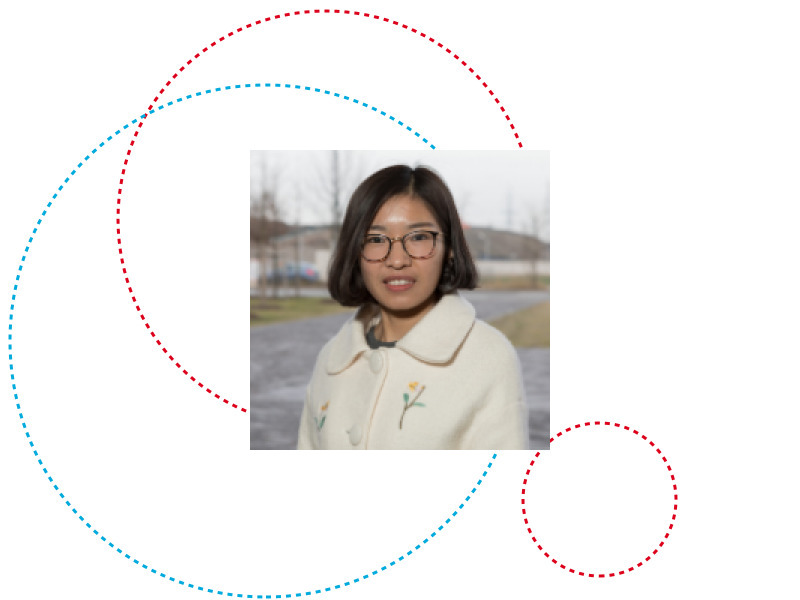Please click on this link to both register and connect on the day of the event.
Members of the defense committee:
- Chair: Prof. Dr Sjouke MAUW, University of Luxembourg
- Vice-chair: Prof. Dr Thomas SAUTER, University of Luxembourg
- Supervisor: Dr Jun PANG, University of Luxembourg
- Member: Prof. Dr. Jaco VAN DE POL, Aarhus University, Denmark
- Member: Dr. Loïc PAULEVE, University of Bordeaux, France
- Expert in an advisory capacity: Dr Andrzej MIZERA, University of Luxembourg
Abstract:
Direct cell reprogramming has been garnering attention for its therapeutic potential for treating the most devastating diseases characterised by defective cells or a deficiency of certain cells. It is capable of reprogramming any kind of abundant cells in the body into the desired cells to restore functions of the diseased organ. It has shown promising benefits for clinical applications, such as cell and tissue engineering, regenerative medicine and drug discovery.
A major obstacle in the application of direct cell reprogramming lies in the identification of effective reprogramming factors. Experimental approaches are usually laborious, time-consuming and enormously expensive. Mathematical modeling of biological systems paves the way to study mechanisms of biological processes and identify therapeutic targets with computational reasoning and tools. Among several modeling frameworks, Boolean networks have apparent advantages. They pro-vide a qualitative description of biological systems and thus evade the parametrisation problem, which often occurs in quantitative models.
In this thesis, we focus on the identification of reprogramming factors based on asynchronous Boolean networks. This problem is equivalent to the control of asynchronous Boolean networks: finding a subset of nodes, whose perturbations can drive the dynamics of the network from the source state (the initial cell type) to the target attractor (the desired cell type). Before diving into the control problems, we first develop a near-optimal decomposition method and use this method to improve the scalability of the decomposition-based method for attractor detection. The new decomposition-based attractor detection method can identify all the exact attractors of the network efficiently, such that we can select the proper attractors corresponding to the initial cell type and the desired cell type as the source and target attractors and predict the key nodes for the conversion. Depending on whether the source state is given or not, we can have two control problems: source-target control and target control. We develop several methods to solve the two problems using different control strategies. All the methods are implemented in our software CABEAN. Given a control problem, CABEAN can provide a rich set of realistic solutions that manipulate the dynamics in different ways, such that biologists can select suitable ones to validate with biological experiments. We believe our works can contribute to a better understanding of the regulatory mechanisms of biological processes and greatly facilitate the development of direct cell reprogramming.
